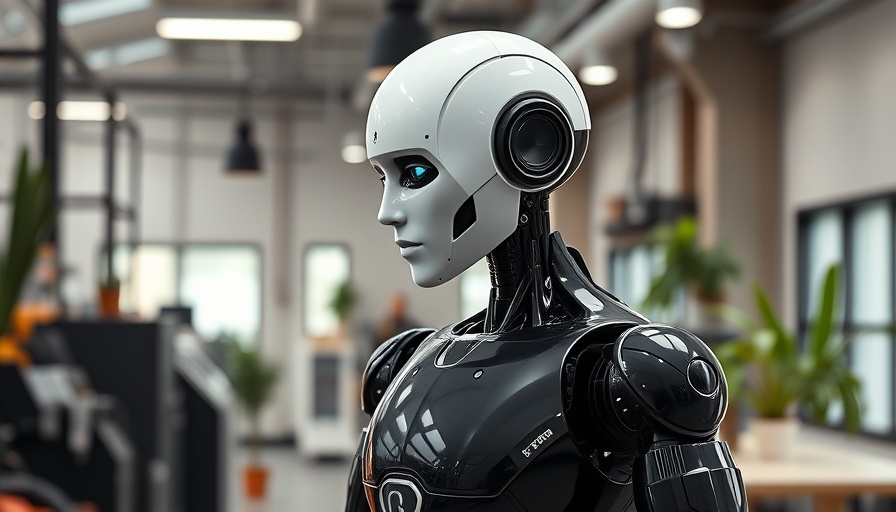
The Future of Robotics: Learning Across Embodiments
In the evolving world of robotics, training methodologies are witnessing a revolutionary shift. Traditional practices involved training a singular robot model to perform tasks. However, advancements introduced in Gemini Robotics 1.5 are changing this narrative by allowing multiple robots to share a learning platform. This innovation transforms the way robots understand and execute tasks, marking a significant step towards versatile, autonomous systems.
In Gemini Robotics 1.5: Learning across embodiments, the discussion dives into the innovative training processes for robots, exploring key insights that sparked deeper analysis on our end.
A Closer Look at Shared Learning
During a demonstration of Gemini Robotics 1.5, a teleoperator observed as the robot was trained to accomplish various tasks, showcasing its ability to learn in real-time. Notably, the introduction of shared models means that robots learn collectively, effectively building their capabilities based on experiences from different embodiments—from picking up garments with one robot to opening doors with another. This interconnected approach sets a precedent for future applications across various sectors, including logistics and retail, where robots can adapt based on learned behaviors from their peers.
The Relevance of Cross-Empathy in Robotics Learning
The ALOHA robot serves as a prime example of this cross-embodiment learning. As it performs tasks within its established parameters, the Apollo robot is introduced to entirely new challenges, such as navigating an unfamiliar space. This transfer of learning illustrates a key principle—robots do not need to start from scratch but can leverage the experiences of their counterparts to expedite training, fostering a collaborative environment in robotic development.
Implications for Future Applications
This innovation paves the way for truly general-purpose robots that can seamlessly transition between environments and tasks. By enhancing the adaptability of robots, we may see future deployments not limited to specific industrial domains. Logistics robots could transition into retail spaces, performing tasks like stocking shelves or assisting customers, effectively reshaping the workforce landscape.
Reflecting on Training Approaches: A Global Perspective
The concept of robots learning from each other challenges the notion of isolated training environments. This approach could bridge technology gaps, particularly in regions such as Africa, where collaboration and resource sharing could accelerate advancements in robotics. As countries race to harness AI and robotics, shared learning frameworks can empower diverse industries and spread technological benefits more equitably.
As the landscape of robotics continues to evolve rapidly, embracing collaborative learning could be key to unlocking the full potential of AI and robotics in addressing complex global challenges. The remarkable strides in technologies like Gemini Robotics 1.5 not only demonstrate what’s possible today but also inspire a future where robots and humans work side by side for enhanced societal benefit.
As we delve deeper into this intersection of technology and innovation, I encourage readers to stay informed and engaged. Exploring new developments like Gemini Robotics is crucial for understanding their implications and driving progress forward. Let's embrace this journey toward a collaborative future shaped by intelligence and creativity.
 Add Row
Add Row  Add
Add 




Write A Comment